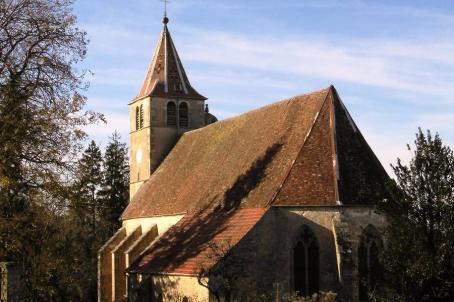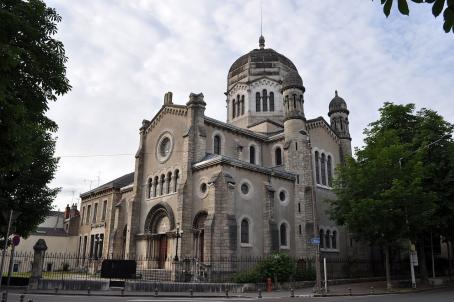Church of Notre-Dame
The Notre-Dame church dominates the centre of Auxonne with its octagonal twisted bell tower, dating from its restoration in the 19th century. But most of the church is in Gothic style, patiently erected from the 13th to the 16th century. You can also admire the remarkable gargoyles and statues on the façade. Inside, the church conceals a rather singular work: the Virgin with the Grapes, a masterpiece of Burgundian art from the 15th century, and the Callinet organs.
About this building
The construction of the Notre-Dame church in Auxonne took place over several centuries. The new building, begun in the 13th century, has kept the old south bell tower and the south arm of the transept from the late 12th or early 13th century. Once the nave, transept and apse were built, the side chapels followed in the 14th and 15th centuries. In the 16th century, a triple western portal decorated with statues and bas-reliefs embellished the church. The statues disappeared during the Revolution and were rebuilt during the Second Empire (1853-1854). The nave, of a rather classical Gothic style, nevertheless contains some interesting elements. Wall decorations are still visible on the pillars (including the decoration of the hunting of Saint Hubert). The pulpit to be preached, sculpted by Denis le Rupt around 1556, has a vat made of red stone from Sampans (Jura). Finally, some 15th century statues can be admired, including a magnificent Virgin with grapes (circa 1415-1420) attributed to Claus de Werve. The two stained glass windows with figures in the transept are from the 19th century. A copy of Raphael's famous Madonna with the Chair is in the oculus of the south transept.






